|
|
ASTROPHOTOGRAPHY WITH THE NIKON D70 DIGITAL SLR CAMERA
Last updated: 17 May 2005 |
|
|
Sky Astrophotography - Unguided
I knew that I wanted to take wide field guided exposures of the night sky with the Nikon D70 DSLR. In order to determine what exposure settings might work best for that I took several unguided exposures of the North Pole region of the sky during my 30 April 2005 visit to Oracle Observatory.
The D70 was mounted on photographic tripod and the shutter was opened using the wireless remote control. The "hat trick" method was used; a cover was placed in front of the lens and removed for the length of the desired exposure. Image size was set at 1504 × 1000 with the quality set at JPEG Fine. Noise Reduction (NR) was enabled. The lens was set at 18mm focal length (full wide angle) with the aperture wide open. Exposure length and ISO setting is noted for each photo. The photos are shown unedited except for a reduction in size and JPEG compression.
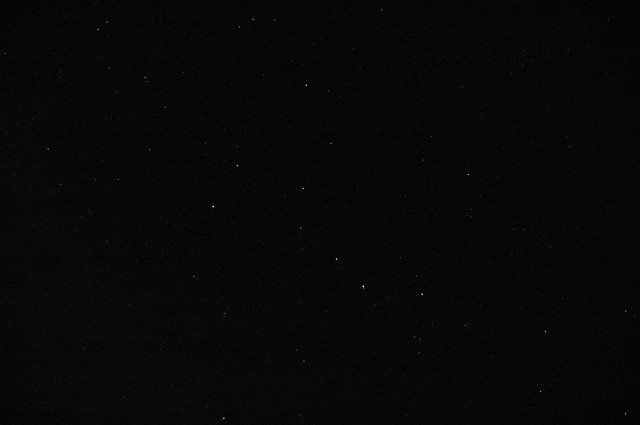
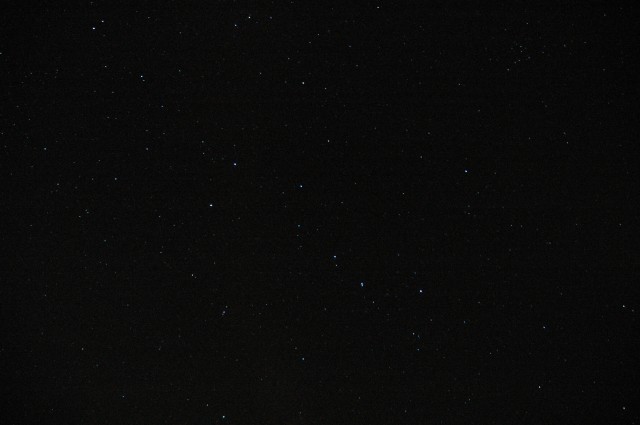
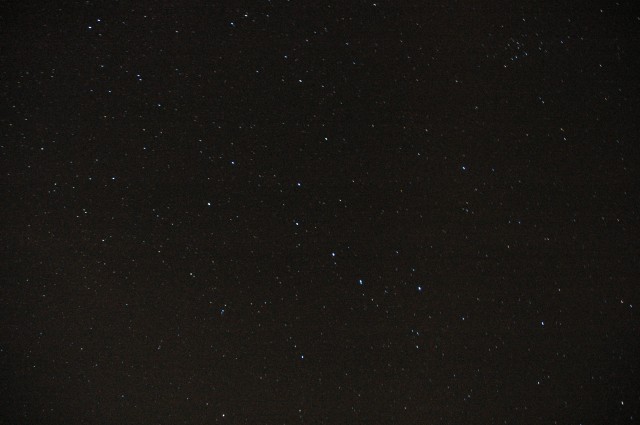
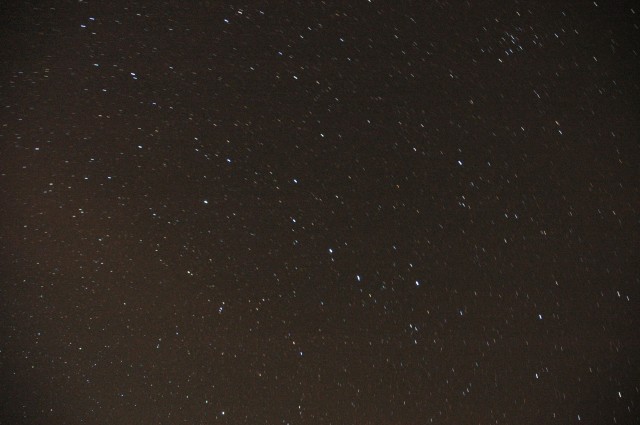
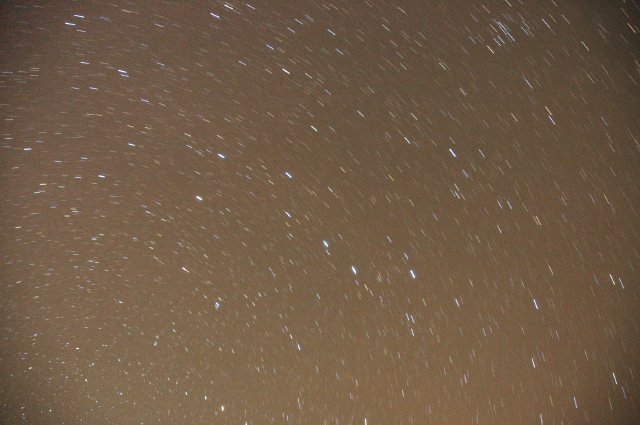
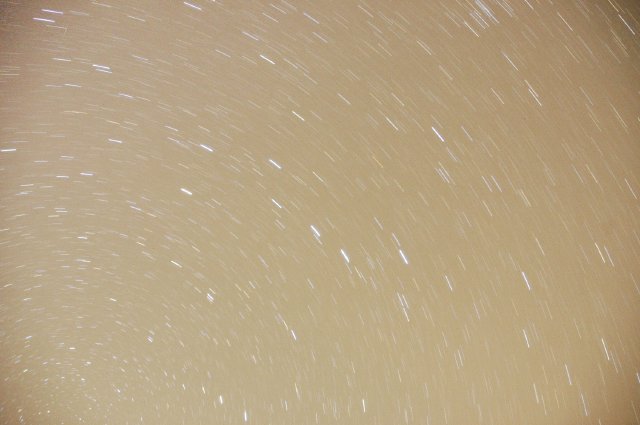
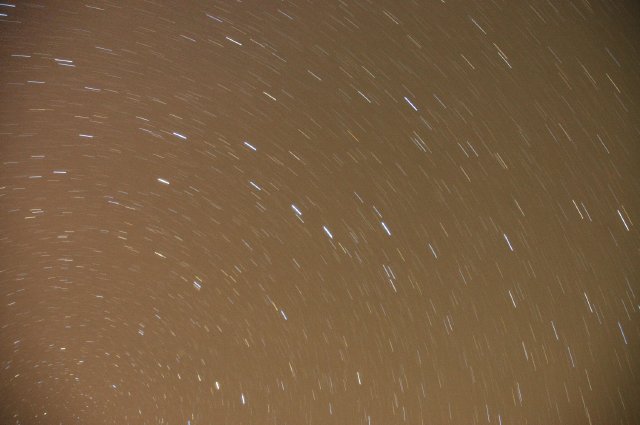
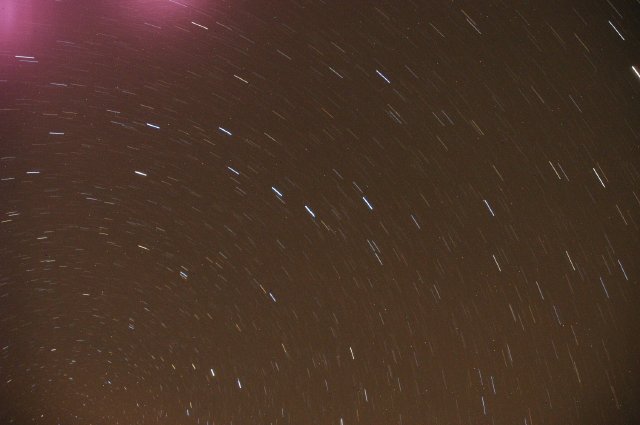
It is worth noting that the camera had been on continuously for over an hour, hence that hot spot is not surprising.
Best results seem to be with exposures of 1 to 2 minutes at ISO 1600. At the above image scale (640 x 425), trailing is minimal (at the pole; stars closer to the celestial equator would have more trailing). This is what I will use for guided exposures.
Return to the top of this page.
Go back to the Astrophotography Page.
Go back to my ETX Home Page.